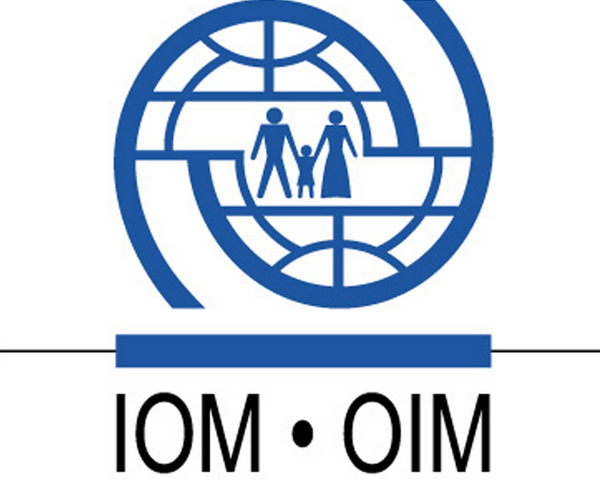
IOM Trains Ghana Border Officials in Ebola Prevention
The trainings will take place through the beginning of October 2015 and aim to reach 800 border officials from the Port Health Unit of the Ghana Health Service Ghana Immigration Service and the Customs Division of Ghana Revenue Authority.
The officials are based at eight entry points across the country: Tema and Takoradi ports; Kotoka international airport; and the Elubo Aflao Paga Hamile and Sampa border crossing points.
The training plan will rely on 42 trainers from the three government agencies who were trained by IOM in cooperation with the Ghana Health Service's Port Health Unit during a three-day Training of Trainers that took place in Koforidua from 15 - 17 July 2015.
The newly trained officials will now cascade the training they received to their peers in an effort to better prepare these frontline officers to include Ebola surveillance in their daily work. The training will also cover other communicable diseases promote basic hygiene and sanitation and roll out new Standard Operating Procedures (SOPs) for strengthened border health surveillance in Ghana.
According to the latest WHO figures since the beginning of the outbreak there have been a total of 27705 reported confirmed probable and suspected cases of EVD in Guinea Liberia and Sierra Leone with 11269 reported deaths.
In total seven countries – Italy Mali Nigeria Senegal Spain the United Kingdom and the United States – have reported a case or cases imported from a country with widespread and intense transmission. Although Ghana has not recorded any case its status as an important transport hub and the fact that it hosts many migrants from the sub-region and witnesses active cross-border movements put it at particular risk.
'Ghana remained Ebola-free even at the peak of the outbreak and our aim is to support the government's efforts to ensure that it stays that way. We are at an important crossroad where epicenter countries are making significant strides in getting to zero but now is not the time to lower our guard. With improved health control and surveillance systems at borders the promotion of healthy behaviors case isolation and increased referral capacity we hope to prevent cross-border transmission into Ghana' says IOM Ghana Chief of Mission Sylvia Lopez-Ekra.
The project will also donate personal protective equipment (PPE) hygiene equipment holding sites and computer equipment valued at over USD 88000 to the points of entry. The equipment will include over 100 full PPE suits; 54 non-contact infra-red thermometers; 56000 pairs of disposable hand gloves; 35900 face masks; 185 disposable aprons; 14 knapsack sprayers; 26 Veronica bucket systems; eight computers and printers; and quantities of bleach alcohol disinfectant hand sanitizers and washing soap.
Another key component of IOM's intervention will be community mobilization activities to empower community leaders to raise awareness and increase their communities' knowledge about the causes symptoms and modes of prevention of EVD. This is in order to positively influence their communities and promote behaviour change.
Awareness campaigns including the distribution of information materials comic strips radio messages and the organization of community meetings are also planned. Over USD 160000 will be spent on community mobilization by the end of December 2015.
The programme is funded by the Government of Japan and implemented in close collaboration with the Ghana Health Service Ghana Immigration Service Ghana Revenue Authority and UN partners.
IOM previously used its International Development Fund to train 40 border officials on EVD preparedness and ship sanitation; printed 20000 bilingual Health Declaration Forms to be used at Points of Entry; and printed 8200 EVD information posters that are now displayed at key border points.

Legal Disclaimer:
MENAFN provides the
information “as is” without warranty of any kind. We do not accept
any responsibility or liability for the accuracy, content, images,
videos, licenses, completeness, legality, or reliability of the information
contained in this article. If you have any complaints or copyright
issues related to this article, kindly contact the provider above.


















Comments
No comment